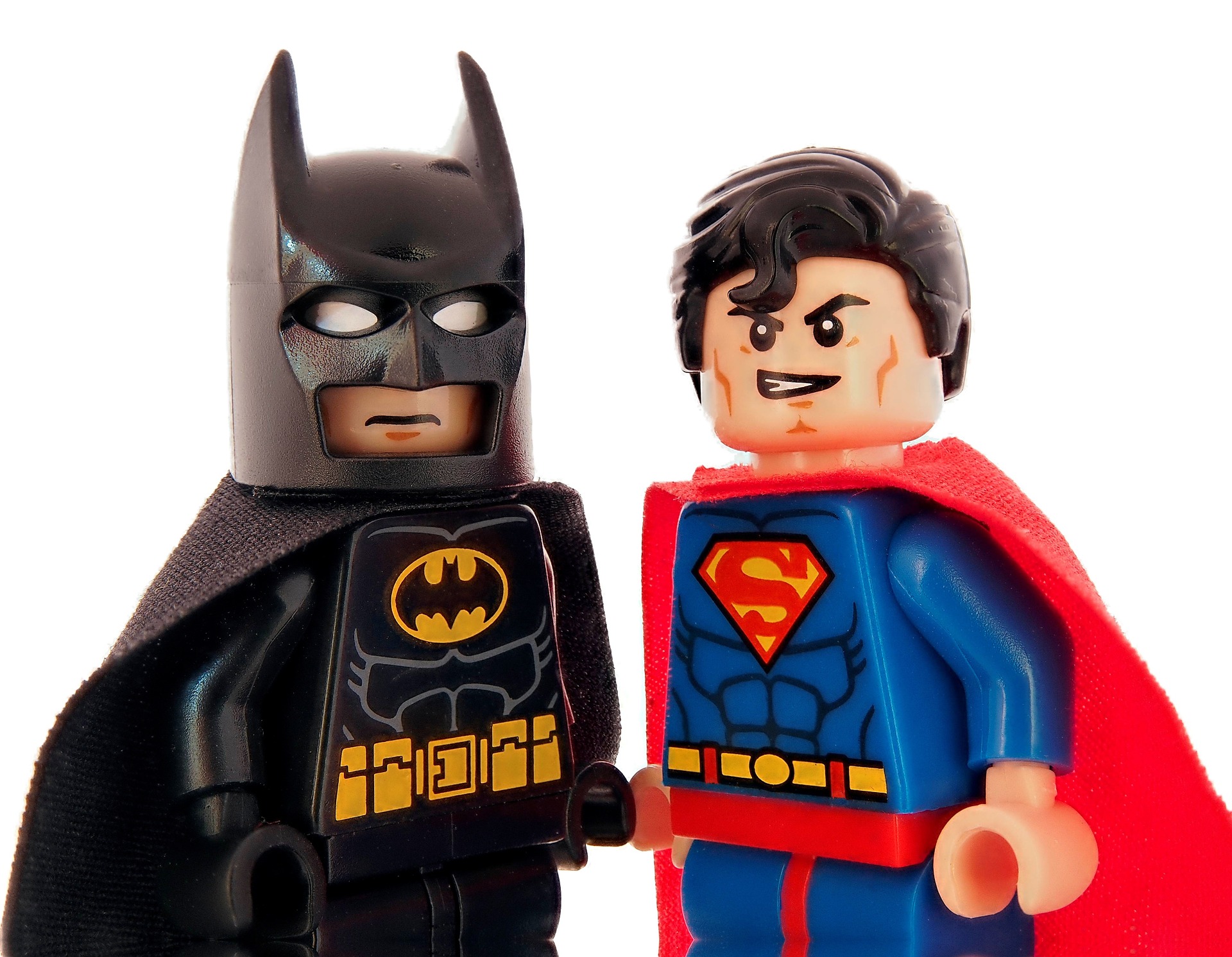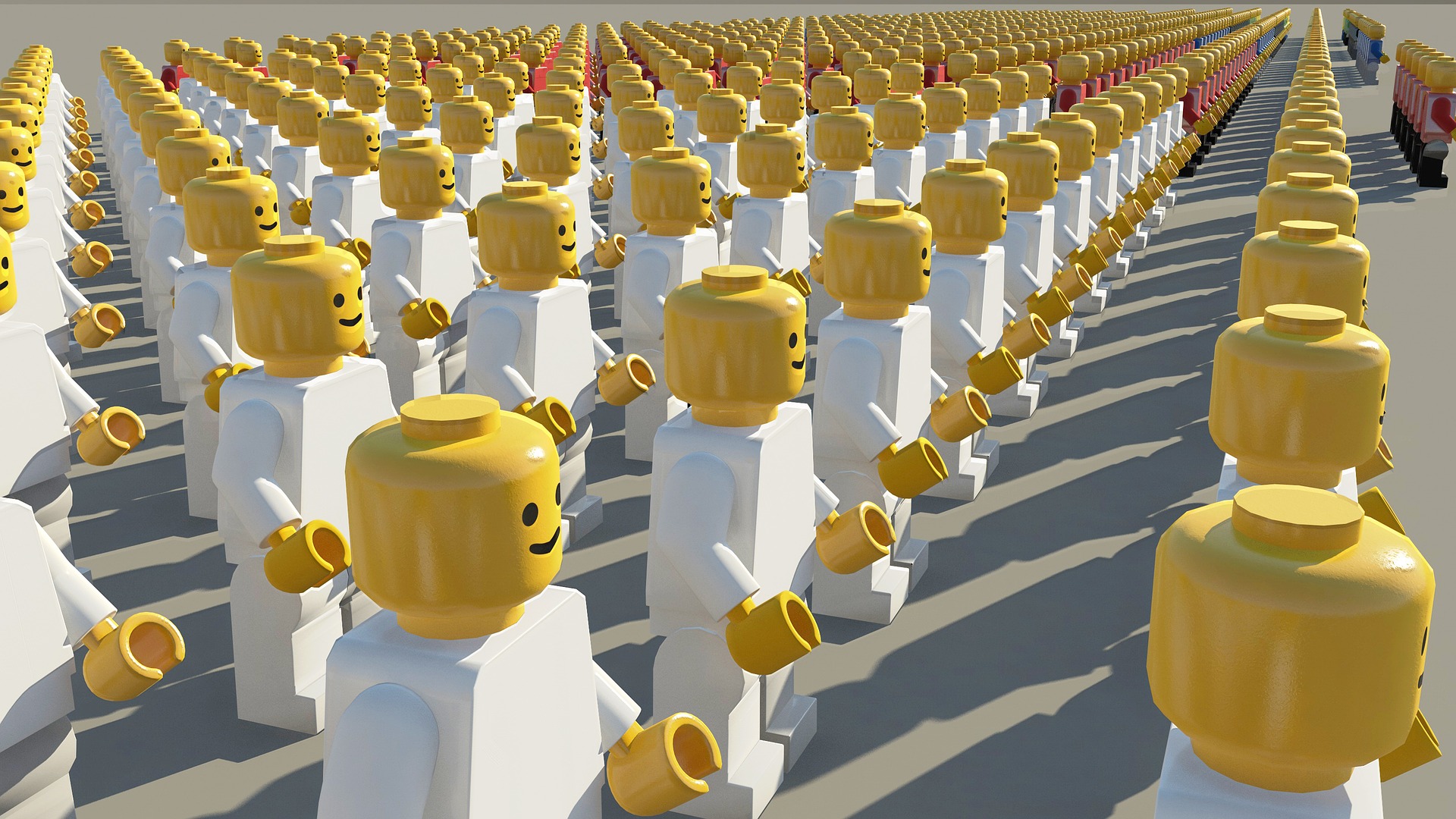Joyce Goggin’s article discusses the fans of LEGO and how the company mobilized their labor in order to create The LEGO Movie in 2014. The article analyzes three aspects of the film and LEGO in general:
- The self-conscious, rather cynical form of irony present in the plot and message of the movie.
- How fans of the LEGO franchise were mobilized to create content for the movie. The article also discusses the fact that most fans were flattered and honored that their intellectual property was used in a hugely successful blockbuster movie while they were never reimbursed for their labor.
- The aesthetic appeal of LEGO and what role this “power of cuteness” plays in creating affective bonds between the product and its fans.
Promoting creativeness within closed walls
Goggin briefly discusses the plot of the movie and talks about the main message of the movie: the power of creativity and freedom.
The article goes on to analyze the movie in terms of how throughout its plot it applauds creativity and the infinite possibilities within LEGO blocks, how LEGOs are infinitely adaptable. This is also visible in the way the movie’s very core, the plot is built into something referred to as “mythic templates and outlines for storytelling purposes”, a set of rules that are infinitely adaptable to any type of story or media, just like LEGO blocks themselves, according to the movie.
This, however, is ironic, considering how LEGO has been marketing their products for the past 50+ years. LEGO has moved steadily towards only selling playsets with instructions for structured, “correct” play. They still occasionally market buckets of bricks, but “it is clearly cost-efficient and more profitable for the company to sell their bricks in boxed sets with instructions for guided play”.
This is also how the LEGO company works. It applauds creativity while selling mostly themed, franchised playsets with little to no creative possibilities for the customer.
Making the fans work
The second point the article discusses concerns the viewers of The LEGO Movie. The author points out how LEGO is akin to many other modern media conglomerates who aim to please as many viewers as possible by spreading their brands and franchises to as many different platforms as possible. LEGO does this by combining characters, environments and themes of several different franchises and genres within the same universe in the movie.
The author goes on to demonstrate how LEGO as a company has used fan labor since the 1980s to advertise and promote their products. The inherent possibilities of the LEGO bricks have inspired thousands of people to create their own stories and “brickfilms”, which LEGO has encouraged people to make ever since they realized these short stop-motion movies are technically free advertisements for their products.
This massive force of fan labor was tapped in the creation of The LEGO Movie in the form of competitions, in which fans were encouraged to send LEGO brickfilms. The winning films of these competitions were then featured in the movie itself.
Very few people have criticized LEGO for utilizing their fans’ intellectual property in such an audacious way and giving nothing back. After all, The LEGO Movie made almost US$70 million during just its opening weekend.
Even after the movie, LEGO has kept utilizing their fans’ work through LEGO Ideas, a platform which allows fans to post product ideas that, if successful enough, will be made into actual LEGO products, which the creator of the idea can then buy from the store.
The Power of Cuteness
The last part of the article discusses the so called “Power of Cuteness”, the immensely captivating aesthetic prowess inherent within anything and everything LEGO. The author discusses the history of the study of cuteness and how it affects consumers’ choices.
This magnetization towards anything cute has, as the article claims, guided consumers for decades and companies, such as LEGO or Disney, have realized that consumers tend to buy more of their products if they are aesthetically pleasing.
The author also suggests that “toys, for whatever reason one chooses to accept, seem to have a life of their own”, meaning that humans have a tendency to imagine toys becoming alive and acting on their own. This makes toys especially appropriate carriers of story and narrative. This is something LEGO has clearly understood, as their movie has been praised as a prime example of “story telling done right”.
*This quote is taken from The Daily Mash (2015)
—
Original paper: Goggin, J. (2018). “How Do Those Danish Bastards Sleep at Night?”*: Fan Labor and the Power of Cuteness. Games and Culture, 13(7), 747–764.
https://doi.org/10.1177/1555412018760918
You might also like
More from Game Research Highlights
How do you want to do this? – A look into the therapeutic uses of role-playing games
Can playing RPGs contribute positively to your wellbeing? A recent study aims to find out how RPGs are being used …
Eldritch horrors and tentacles – Defining what “Lovecraftian” is in games
H.P. Lovecrafts legacy lives today in the shared world of Cthulhu Mythos and its iconic monsters. Prema Arasu defines the …
Are Souls Games the Contemporary Myths?
Dom Ford’s Approaching FromSoftware’s Souls Games as Myth reveals the Souls series as a modern mythology where gods fall, desires …



















